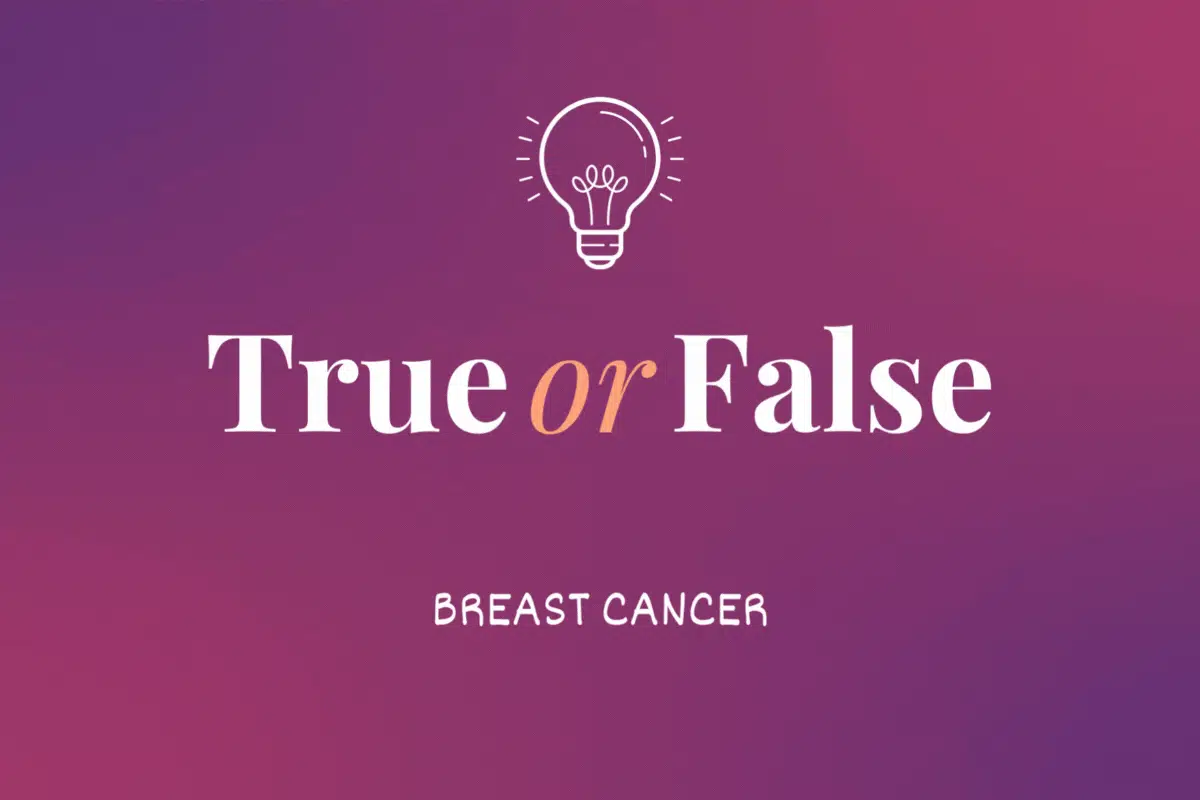
True or False? Breast Cancer
About 1 in 8 women will be diagnosed with breast cancer in their lifetime. Take our quiz to see how much you know about this common disease.
Oct 24, 2023
Conditions & Treatments
About 1 in 8 women will be diagnosed with breast cancer in their lifetime. Take our quiz to see how much you know about this common disease.
October is Breast Cancer Awareness Month.
You probably know someone who’s had breast cancer — maybe that someone is even you. Breast cancer is, after all, the second most common cancer (behind skin cancer) among women in the United States. About 1 in 8 women will be diagnosed with breast cancer in their lifetime.
The (very) good news is that regular screening can help find breast cancer in early stages when it’s most treatable. Let October be a reminder to schedule your yearly mammogram. And after you check that off your to-do list, take this quiz to see how much you know about breast cancer symptoms, screening, risk factors and other important facts.
Correct
Incorrect
Correct
Incorrect
Correct
Incorrect
Correct
Incorrect
Correct
Incorrect
Correct
Incorrect
Correct
Incorrect
Correct
Incorrect
Correct
Incorrect
Correct
Incorrect